
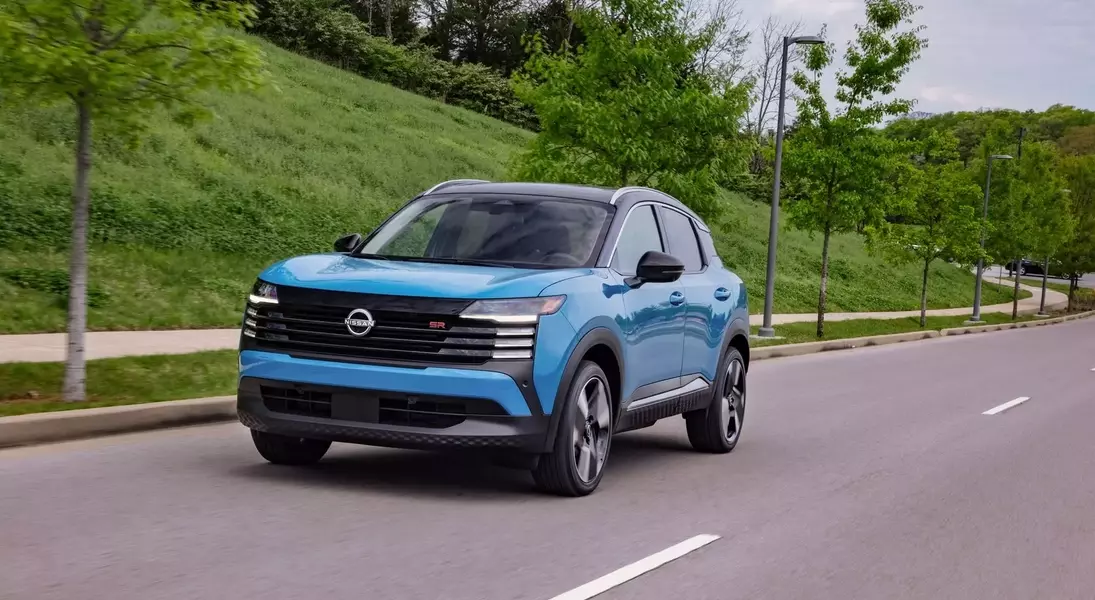
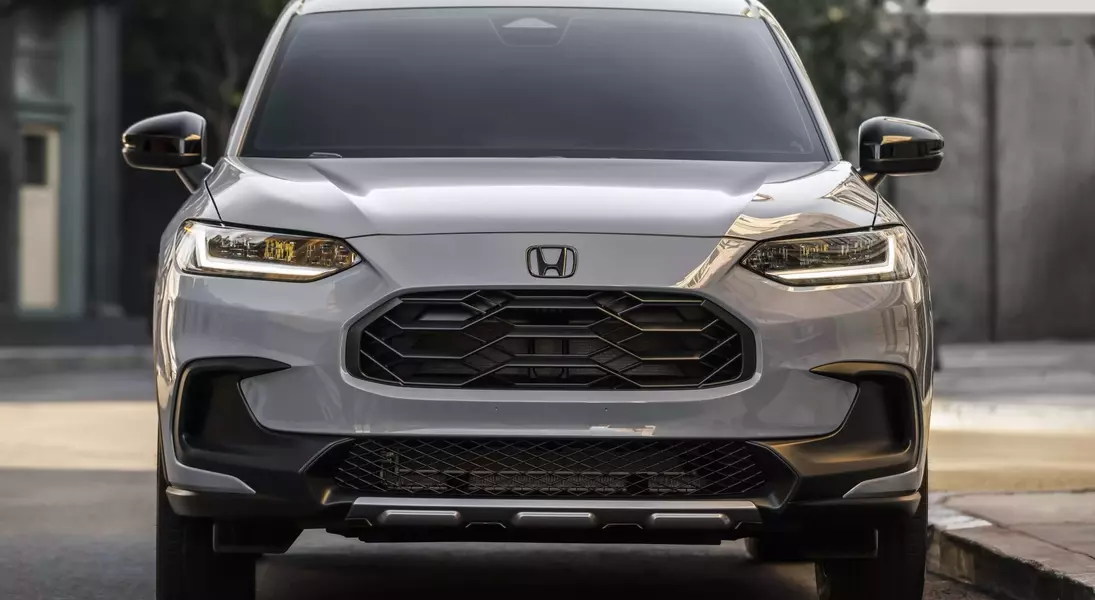

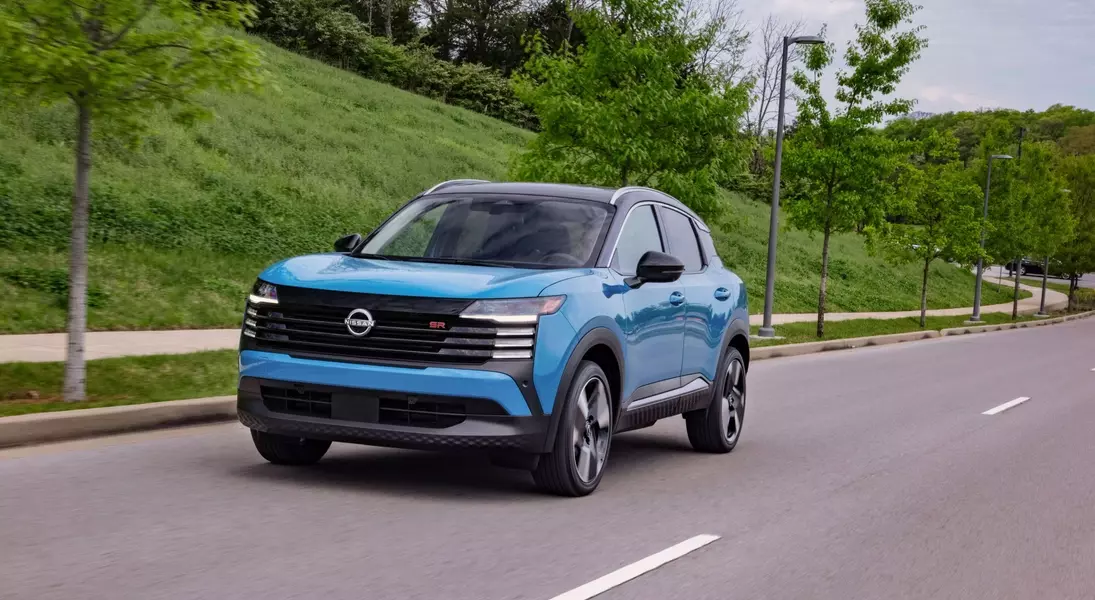
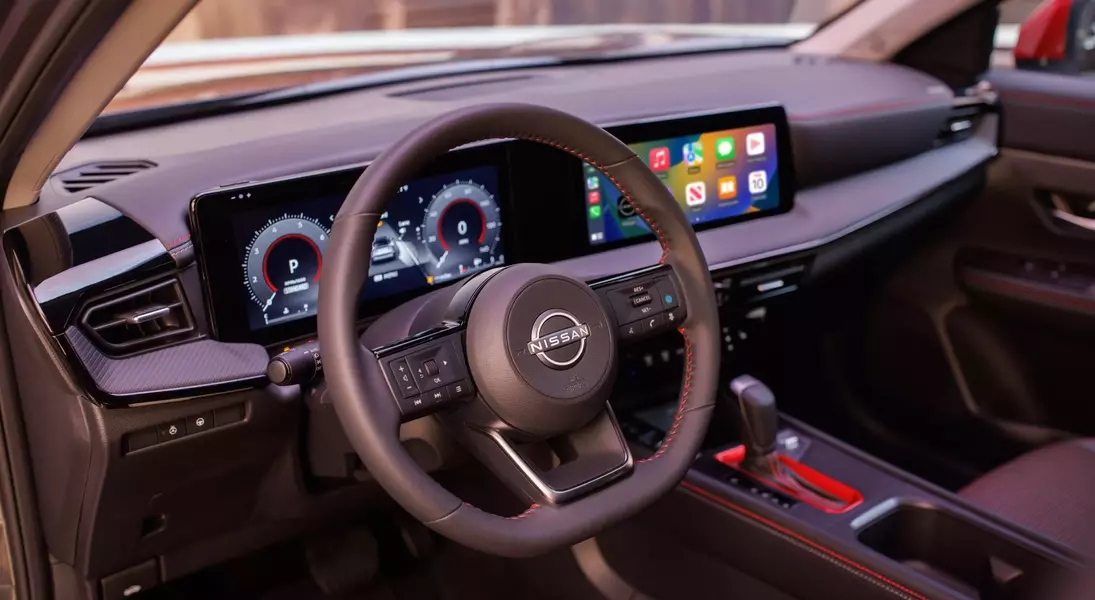
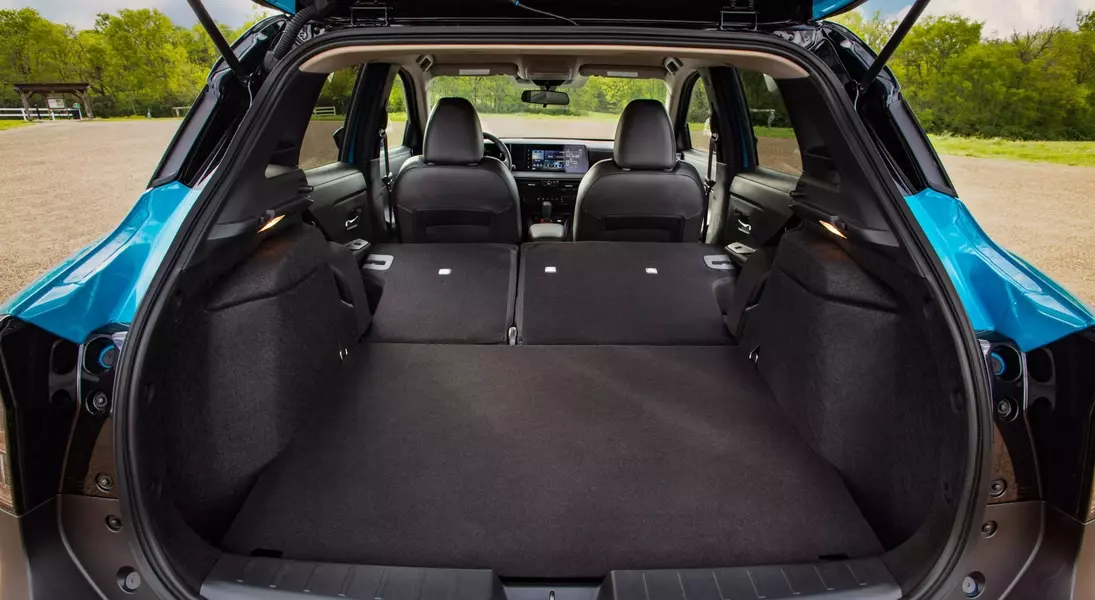
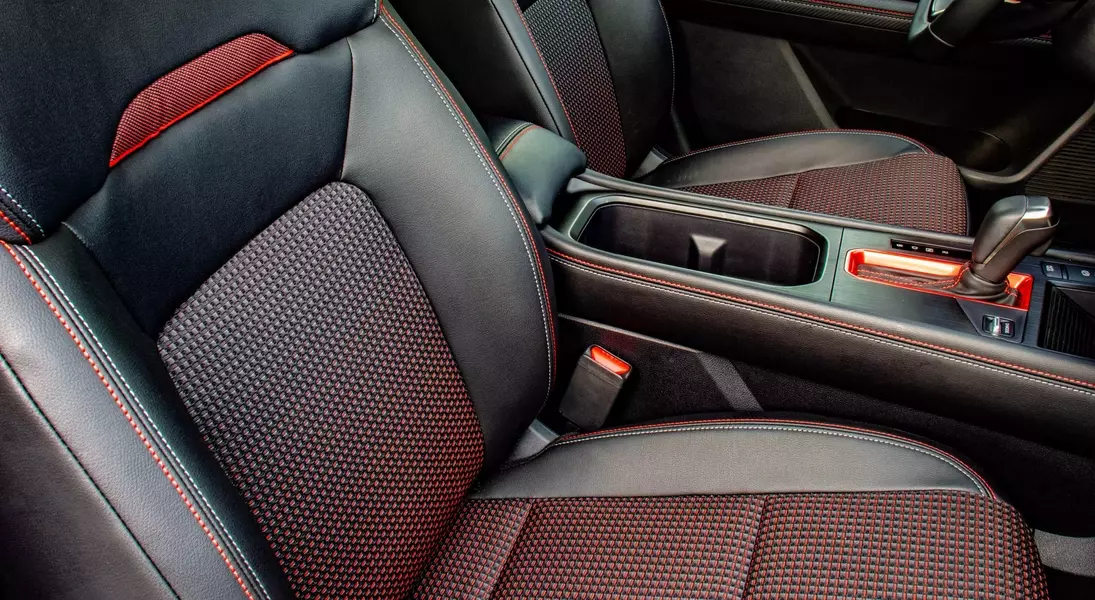


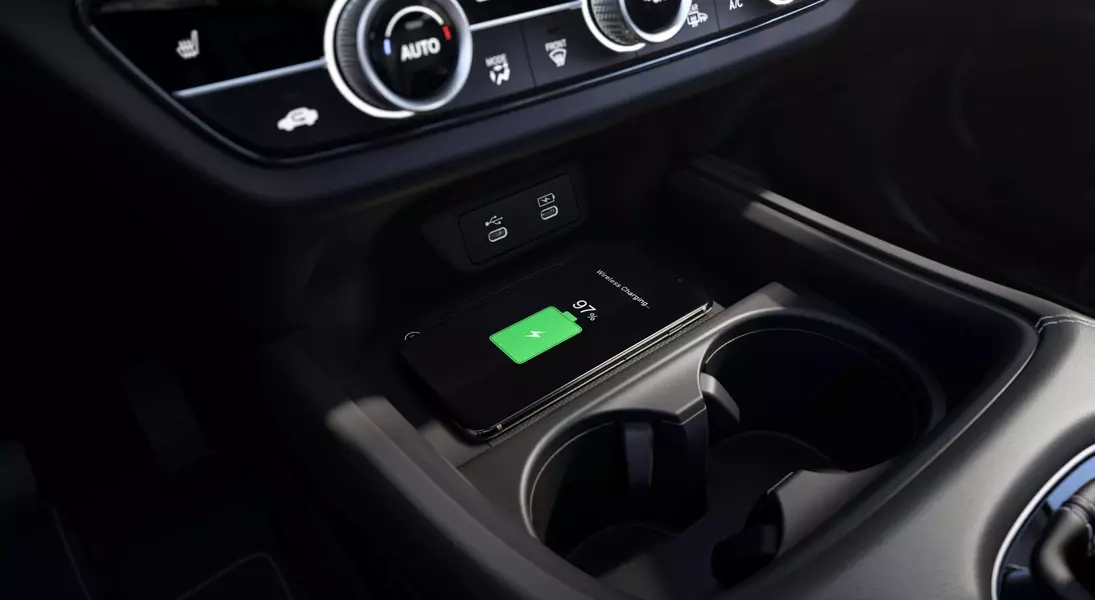
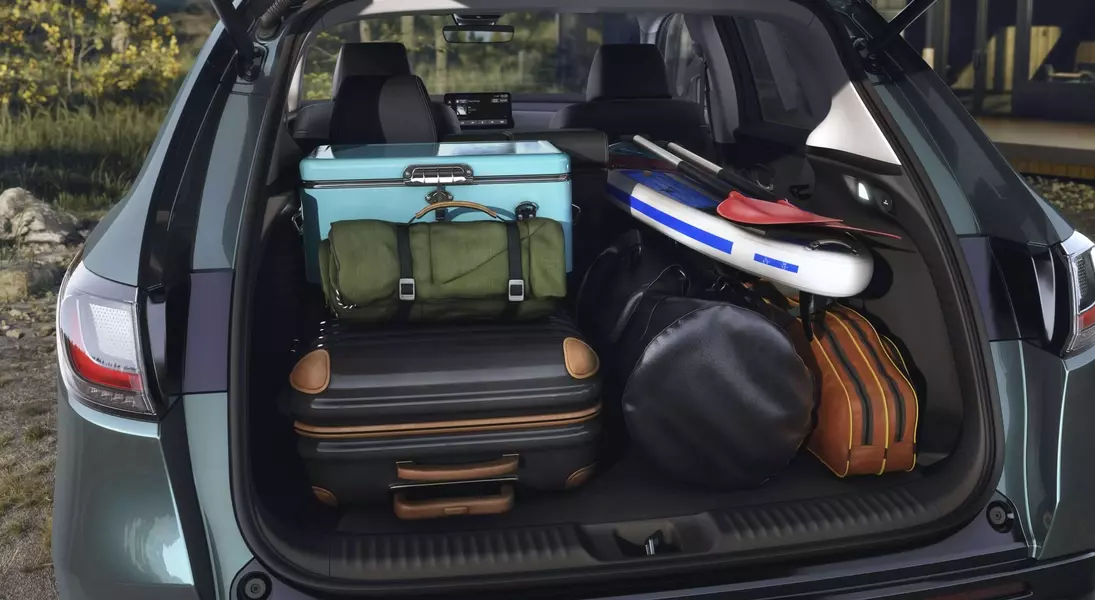
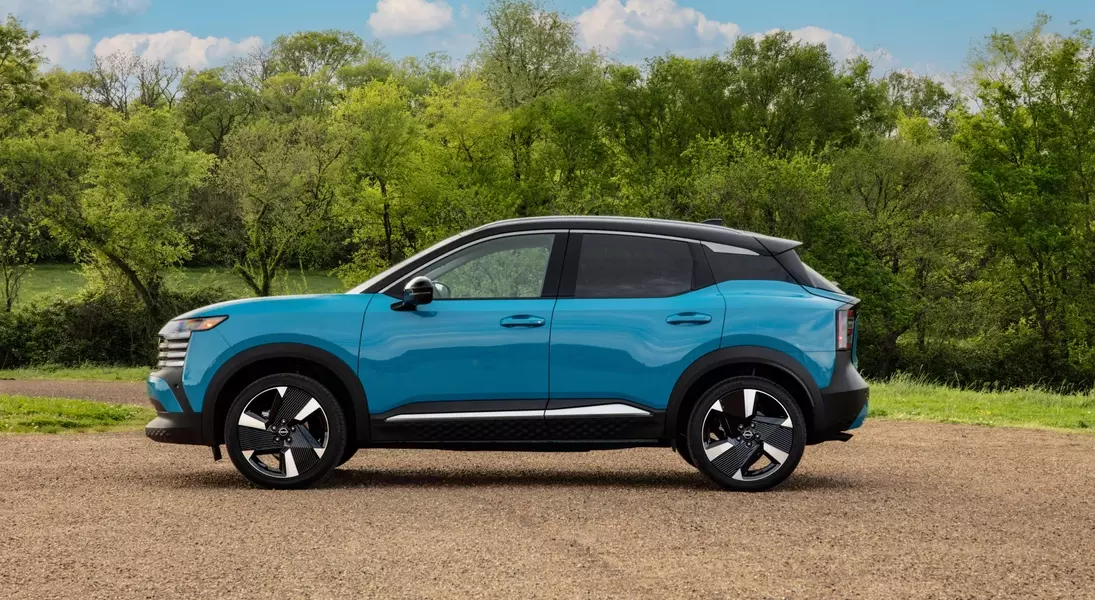
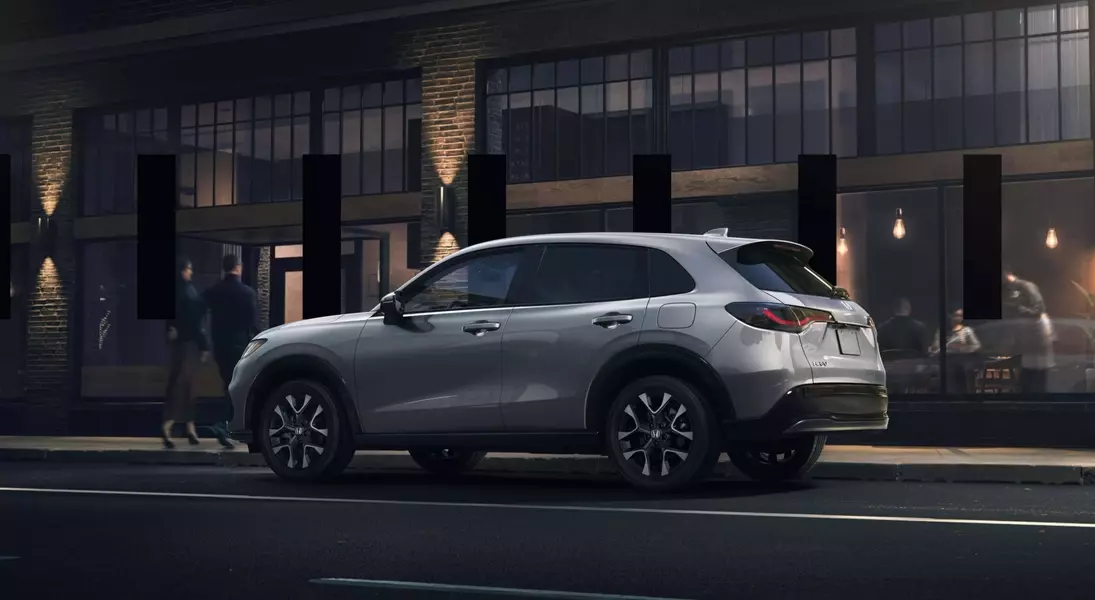
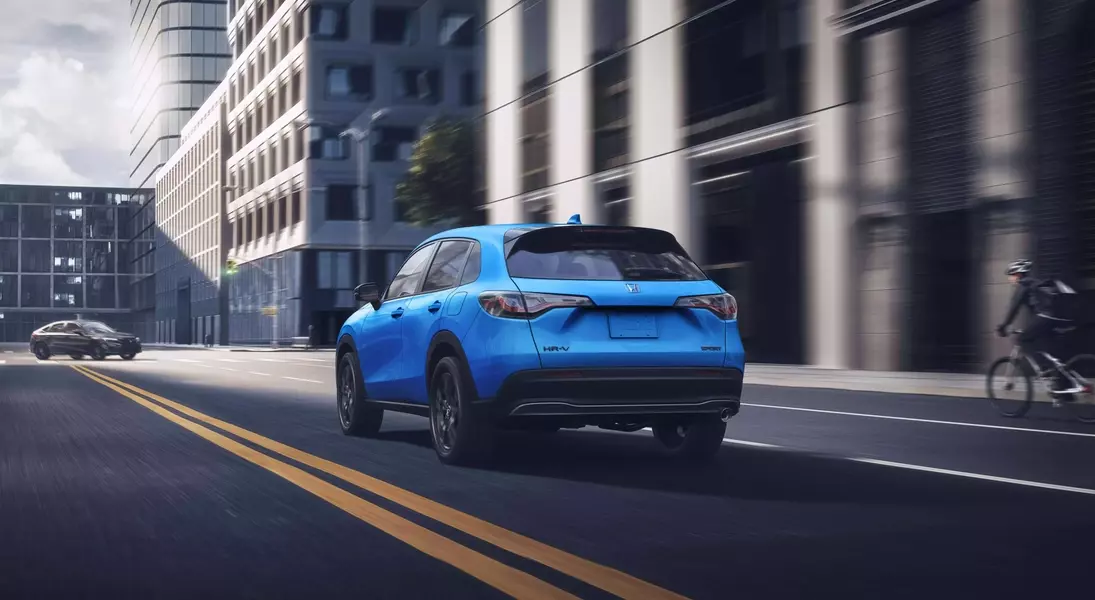


This analysis critically evaluates two leading contenders in the subcompact SUV segment: the 2026 Nissan Kicks SR AWD and the 2026 Honda HR-V LX AWD. While both vehicles occupy a similar market niche, offering compelling value, practical interiors, and a wealth of features for discerning, budget-conscious consumers, their individual strengths lie in distinct areas. The Kicks, with its urban agility and advanced technological offerings, appeals to those prioritizing efficiency and modern amenities. Conversely, the HR-V distinguishes itself with superior cargo volume and a generally more composed driving experience, making it a strong choice for those who value practicality and a smooth ride.
These two subcompact crossover vehicles have historically vied for market share, but their latest iterations bring them even closer in terms of competitive attributes. Despite the HR-V appearing larger on paper, the practical disparity in real-world utility between the two models is less significant than specifications might suggest. One vehicle boasts higher horsepower, while the other provides superior torque. Similarly, one offers a slightly larger cargo capacity, yet the other ingeniously maximizes its interior volume. Neither currently provides a hybrid powertrain, but both achieve commendable fuel efficiency and intelligent packaging, presenting attractive options for buyers seeking vehicles priced under $30,000.
Honda recently introduced a refreshed HR-V, featuring subtle exterior enhancements and interior upgrades that lend it a more contemporary and refined aesthetic. Nissan, on the other hand, completely redesigned the Kicks approximately a year ago, even retaining the previous generation as the entry-level 'Kicks Play' model. This comprehensive redesign not only modernized the new Kicks' appearance but also introduced an optional all-wheel-drive system, bringing it into direct competition with the HR-V's long-standing AWD capability.
The 2026 Nissan Kicks SR AWD, priced at approximately $29,175, showcases substantial enhancements in its latest generation. It is propelled by a 2.0-liter four-cylinder engine generating 141 horsepower and 140 lb-ft of torque, coupled with a Continuously Variable Transmission (CVT). While front-wheel drive is standard, an optional AWD system is available. The Kicks excels in fuel efficiency, achieving 27 miles per gallon in the city and 34 miles per gallon on the highway for the AWD variant, a marginal decrease of about one mpg compared to its front-wheel-drive counterpart. Inside, the Kicks SR provides a surprisingly sophisticated technological environment for a subcompact vehicle, including a generous 12.3-inch touchscreen with wireless Apple CarPlay and Android Auto integration, leatherette upholstery, a leather-wrapped steering wheel, and enhanced safety features. The SR's upgraded audio system even incorporates speakers into the front headrests, a feature typically found in more luxurious vehicles. Its cargo capacity ranges from 23.9 to 30 cubic feet behind the rear seats, depending on the drivetrain, and expands to as much as 50.1 cubic feet with the seats folded down, which is quite competitive for its class.
To facilitate a direct comparison with the Kicks SR AWD, the 2026 Honda HR-V LX AWD is considered with the addition of the All-Season Package II and the Rugged Package, bringing its equipped price to around $29,500. These optional packages include practical accessories such as fender flares, distinctive wheels, and protective trim, closely aligning its equipment level with that of the Kicks SR. The HR-V is powered by a familiar 2.0-liter engine that delivers 158 horsepower and 138 lb-ft of torque, also paired with a CVT and optional AWD. Its fuel efficiency ratings are 25 mpg in the city and 30 mpg on the highway. Notably, the front-wheel-drive model offers only a modest improvement of about 1.5 mpg, indicating that the AWD system incurs a smaller fuel economy penalty than might be anticipated. For 2026, Honda has upgraded the HR-V with a standard 9-inch touchscreen, a significant increase from previous models' 7-inch unit, featuring wireless smartphone connectivity. Overall, the HR-V's cabin maintains Honda's signature clean, straightforward, and user-friendly design. In terms of cargo space, the HR-V provides 24.4 cubic feet behind the rear seats, expanding to a maximum of 55.1 cubic feet with the seats folded. While this offers more overall volume than the Kicks, Nissan's interior design is noted for making its available space feel remarkably practical. The innovative "magic back seat" feature, a hallmark of previous HR-V generations that allowed for extensive cargo flexibility, is no longer present in the current model.
Experiencing these two vehicles consecutively vividly highlights their distinctive characteristics. The HR-V is engineered for a serene and comfortable ride, embodying composure and ease. It excels as a daily commuter, offering a quiet, smooth, and predictable journey. While it may not ignite excitement, its steady and mature demeanor, complemented by a suspension tuned for extended drives, ensures a pleasant experience. In stark contrast, the Kicks exudes a more energetic personality. Being smaller and lighter, it offers a more playful, albeit slightly louder, ride. It navigates corners with confidence, demonstrating exceptional agility in bustling urban environments, and provides a more engaging driving sensation, particularly for those who appreciate a touch more verve in their vehicle.
Neither of these subcompact SUVs is designed for rapid acceleration, and their Continuously Variable Transmissions (CVTs) prioritize fuel efficiency over thrilling performance. Additionally, both are unsuitable for towing, meaning any hitch receivers installed would primarily serve for accessories like bicycle racks. However, for everyday utility, both vehicles effectively meet the needs of their target demographic. Potential buyers seeking the highest fuel economy and a nimble, city-friendly vehicle with robust tech features should consider the Kicks SR. It's an agile, efficient, and surprisingly well-appointed option. Conversely, those desiring slightly more potent acceleration, a more refined engine, increased cargo capacity, and the assurance of Honda's renowned reliability and resale value will likely find the HR-V LX to be the superior long-term investment. Ultimately, for those with the opportunity, test driving both vehicles—the Kicks on city streets and the HR-V on highways and suburban routes—will illuminate their contrasting personalities, simplifying the decision-making process.
